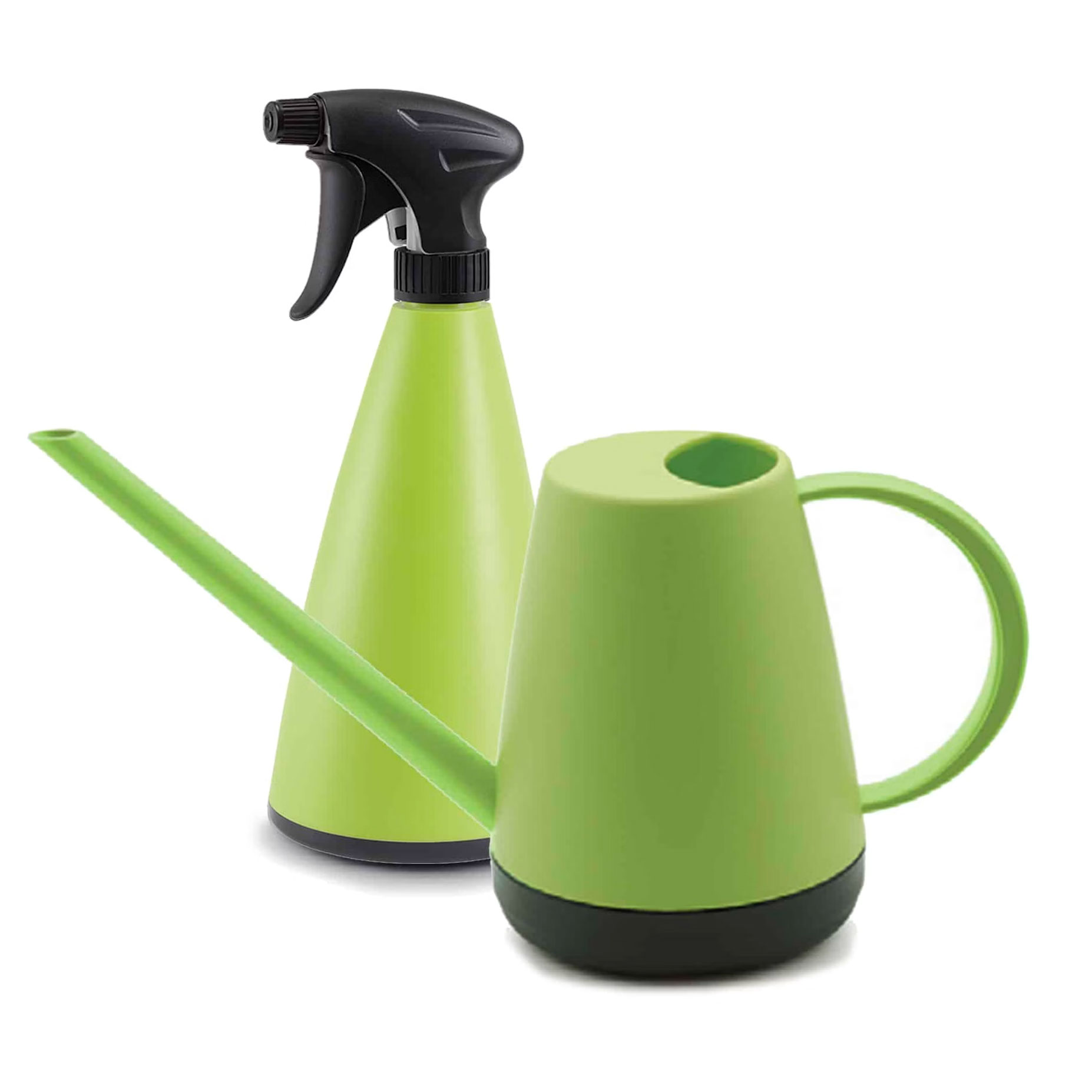Coleus Care Guide: Everything You Need To Know
Dramatic and colorful, coleus plants are a staple in warm zones and containers, and they love partial shade.
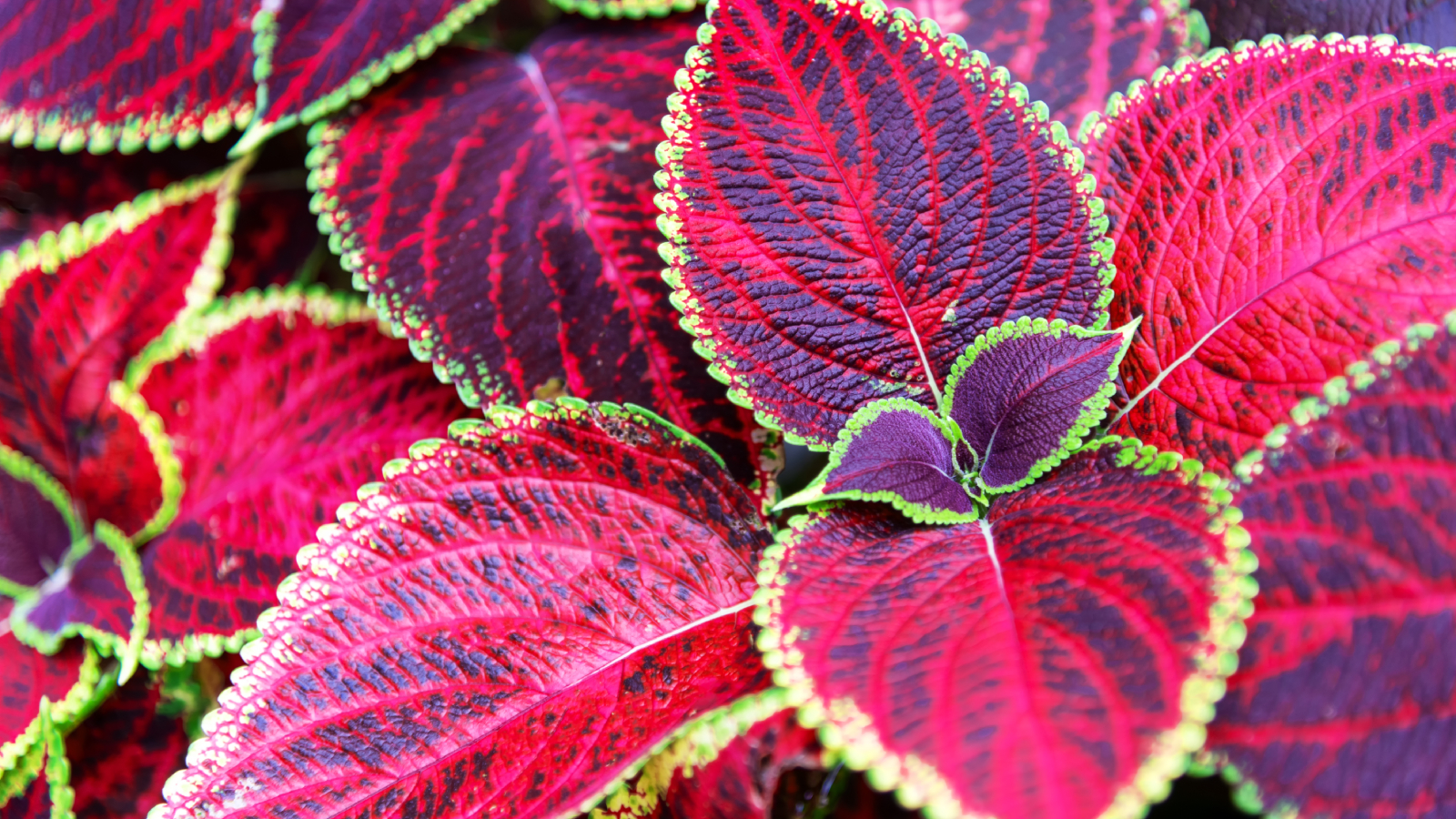
Botanical name: Coleus scutellarioides
Height: 1 to 3 feet (.30 to .91 m)
Spread: 1 to 3 feet (.30 to .91 m)
Sun exposure: Partial to full shade
Soil requirements: Fertile, well-drained
Hardiness zones: USDA zones 10 to 11
When to plant: Spring
Perhaps you know coleus as painted nettle, Coleus blumei, or man's croton, depending on where you're located, but many of us simply know them as coleus plants. Coleus is a tropical plant native to Asia. It belongs to the same family as mint. It is prized in North American gardens for its striking, multicolored foliage in combinations of green, yellow, pink, red, and maroon. Coleus also has a wide variety of leaf sizes and overall shapes.
Coleus plants require a very warm climate to grow outdoors as a perennials. Elsewhere they are often grown as outdoor annuals, container plants, and houseplants.
Coleus Plant Care
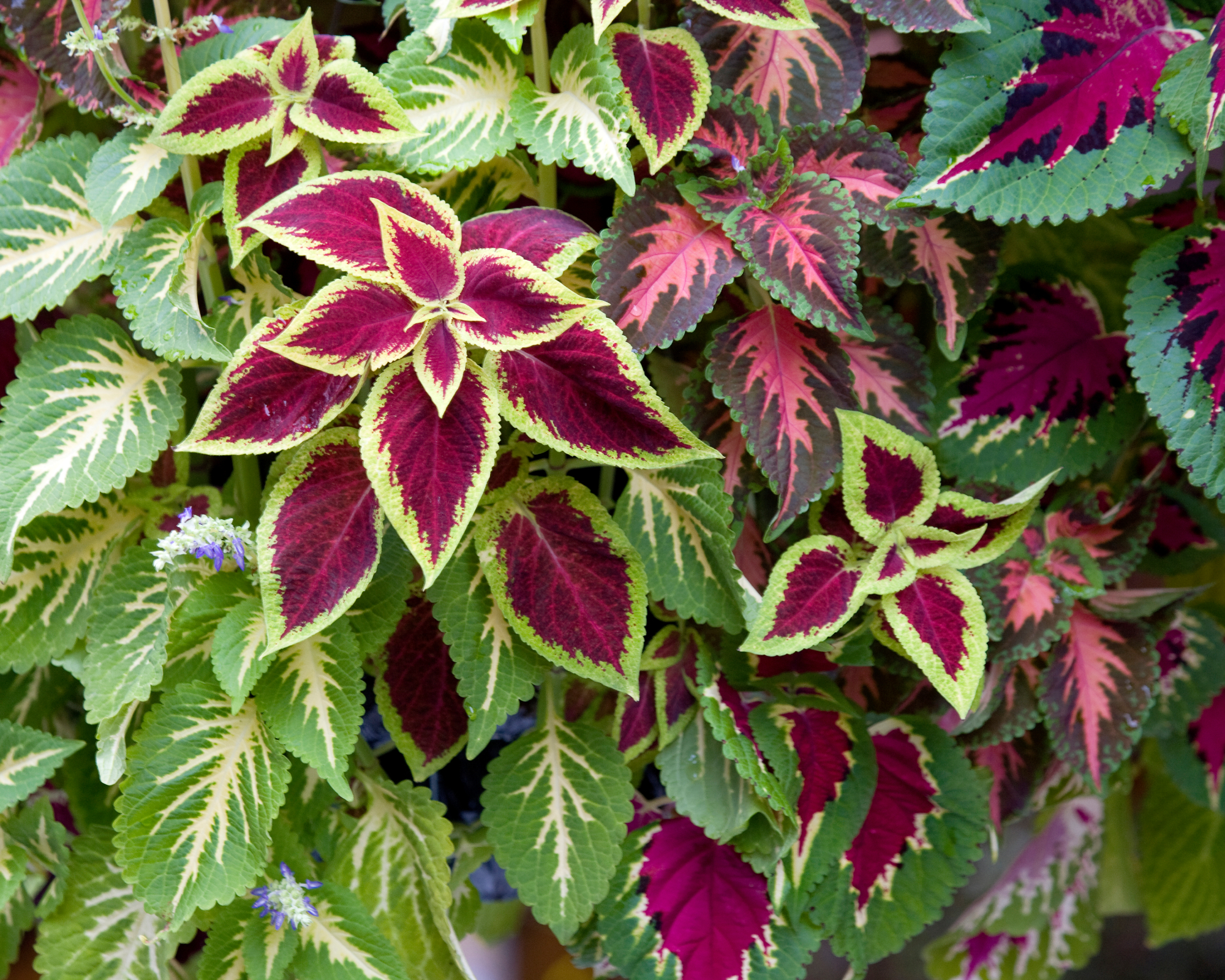
The ease of caring for coleus is one of the traits that make this a popular annual and houseplant. When growing coleus plants, keep in mind that these beauties can grow rapidly. Plant coleus close together as bedding plants or tuck them into baskets and containers for a stunning, fast-growing addition.
Light
Most varieties of coleus grow best in partial shade. Some tolerate even deep or full shade. A few newer varieties will grow in full sun. Check plant labels to provide the right amount of sun for the cultivar you buy.
Water
Coleus prefers moist soil that is never soaking wet. Soil and container drainage is essential. Water it whenever the top inch (2.5 cm) of soil is dry.
Temperature & Humidity
This is a tropical plant, so it requires warm temperatures and enjoys humidity. Coleus only grows well outdoors year-round in USDA zones 10 and higher and does not do well in low winter temperatures.
Soil
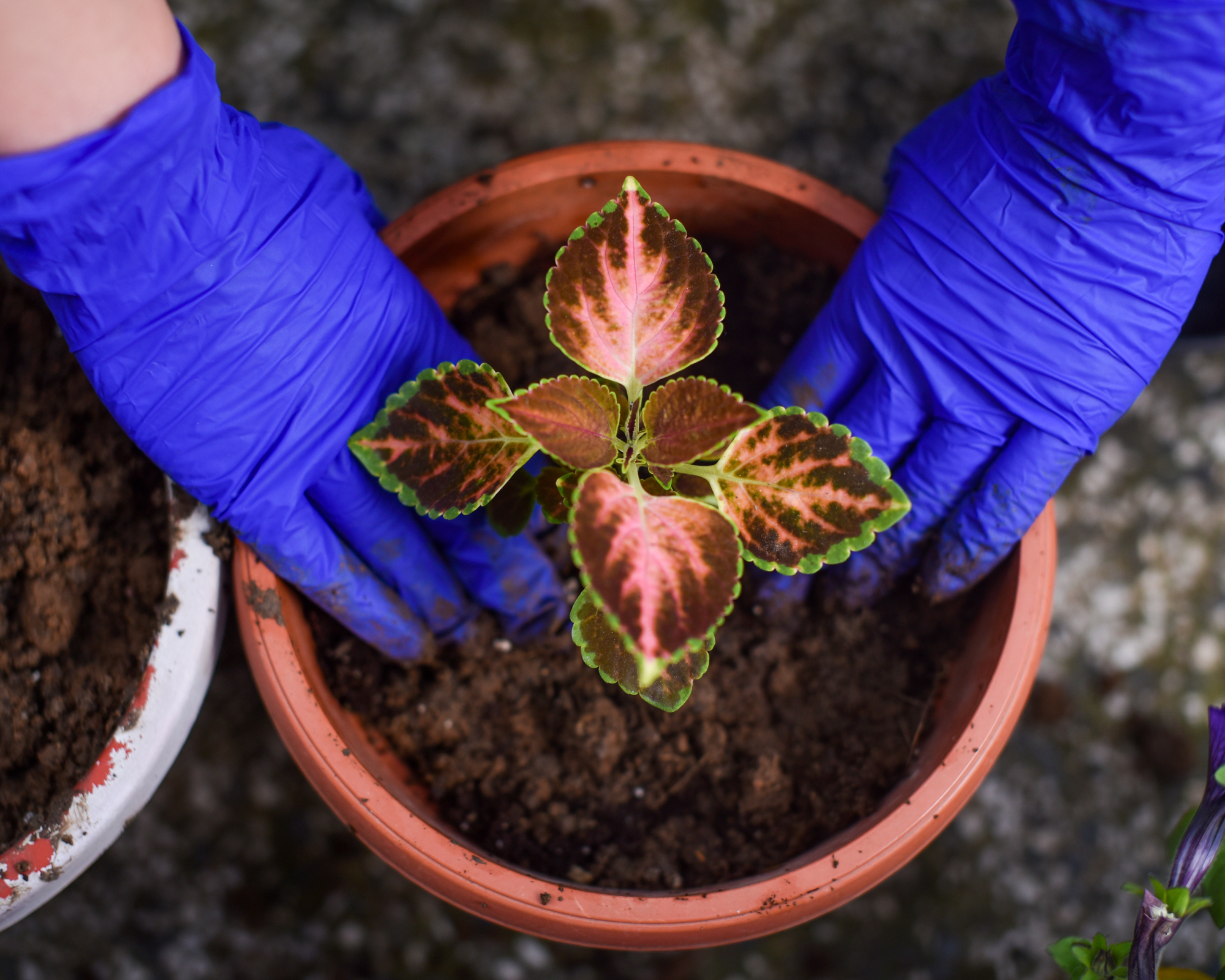
Fertile soil with organic material is ideal for coleus, but drainage is vital. For containers, use a standard but good-quality potting mix. For growing in beds, amend the soil as necessary to improve drainage or add nutrients.
Sign up for the Gardening Know How newsletter today and receive a free copy of our e-book "How to Grow Delicious Tomatoes".
Fertilizer
You can add some general, balanced fertilizer at the time of planting coleus. It will also benefit from an application every month during the growing season. Avoid fertilizers higher in phosphorus. These will promote flowers, but coleus is grown for its striking leaves, and its flowers are somewhat unremarkable.
Problems, Pests & Diseases
Coleus plants don’t succumb to many problems. Ensure good drainage and avoid overwatering them to prevent rot. Pests you might see include spider mites, whiteflies, and aphids.
Growing Coleus From Seed
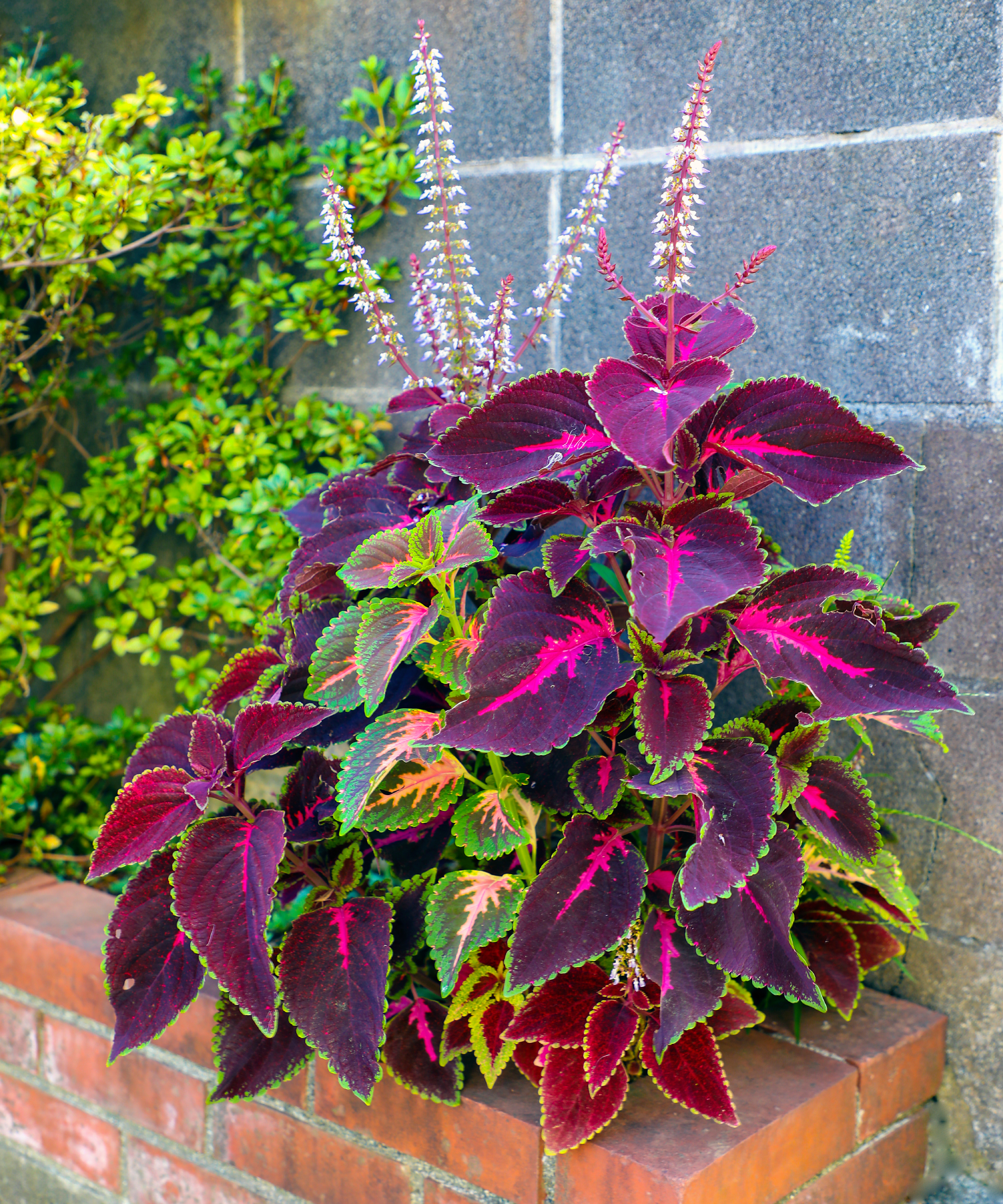
You can start seeds indoors about two months before it’s warm enough to plant coleus outside. The soil outside should be 60 degrees Fahrenheit (15.5 Celsius) or higher. Plant seeds in a good medium with a light layer on top. Keep the soil consistently moist and use a plastic cover to create humidity and to keep them warm. The seeds should germinate in two to three weeks.
Pruning
Regular trimming helps the coleus promote bushier growth and prevents legginess. Pinch off growing tips above leaf nodes to promote branching and fullness. Coleus flowers are insignificant compared to the foliage and can be trimmed off as they develop.
Propagation
You can easily grow and propagate coleus by cutting. Cut several inches off the top of a plant and remove leaves from the bottom half of the stem. Root the cutting in water. They can also be propagated by seed indoors about eight to ten weeks prior to your last expected spring frost.
Repotting
Repot a container-grown coleus when it gets rootbound or just generally looks too big for its pot. Water the coleus before transplanting it. Move it to a bigger container with good drainage and a quality potting mix.
Overwintering Coleus
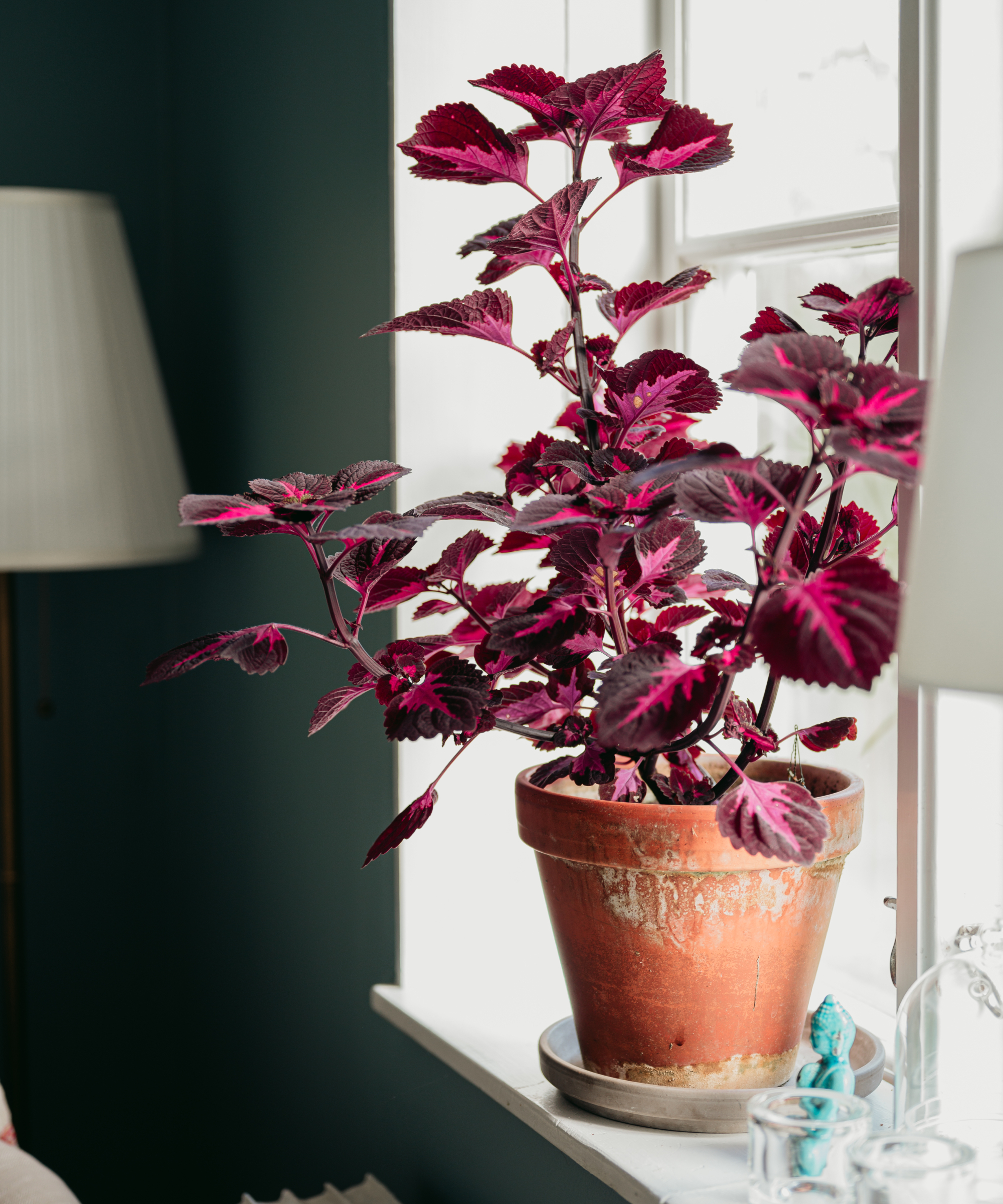
Bring outdoor coleus inside in the winter to enjoy it year-round. Keep it in a warm spot with some indirect light. Provide humidity with a pebble tray or misting. You can also take cuttings from outdoor coleus plants and root them over the winter for the following year.
Coleus Varieties
The popularity of this stunning foliage plant has led to the development of several cultivars. Here are a few highlights:
- Alabama Sunset - This is an older variety but a classic. It has dark red leaves with a yellow-green margin and tolerates more sun than other varieties.
- Dark Star - This dramatic variety is deep purple to nearly black.
- Fishnet Stockings - As the name suggests, this cultivar has a webbed color pattern of red on green.
- Inferno - Inferno is a bright orange-red cultivar.
- Kong - Kong is a series of cultivars with a variety of colors. They do best in full shade.
- Red Ruffles - This type has wavy red leaves with green margins.
- Wasabi - Wasabi’s leaves are a bright chartreuse color.
Frequently Asked Questions
How Long Do Coleus Plants Last?
Unless you live in a tropical region, your coleus will be an annual outdoors. You can make it a perennial by bringing it inside for the winter and replanting outside in spring. With good care, your coleus should last several years.
Can You Keep Coleus Indoors?
Yes, coleus make great houseplants. They need a pot with adequate drainage and good quality potting mix, a warm spot, and a little bit of light. Add humidity as well if the air inside is dry.
Interested in more houseplant, garden, and landscaping advice? Sign up for the free Gardening Know How Newsletter for expert tips delivered straight to your inbox!
This article features products available from third-party vendors in the Gardening Know How Shop.

Nikki Tilley has been gardening for nearly three decades. The former Senior Editor and Archivist of Gardening Know How, Nikki has also authored six gardening books.


